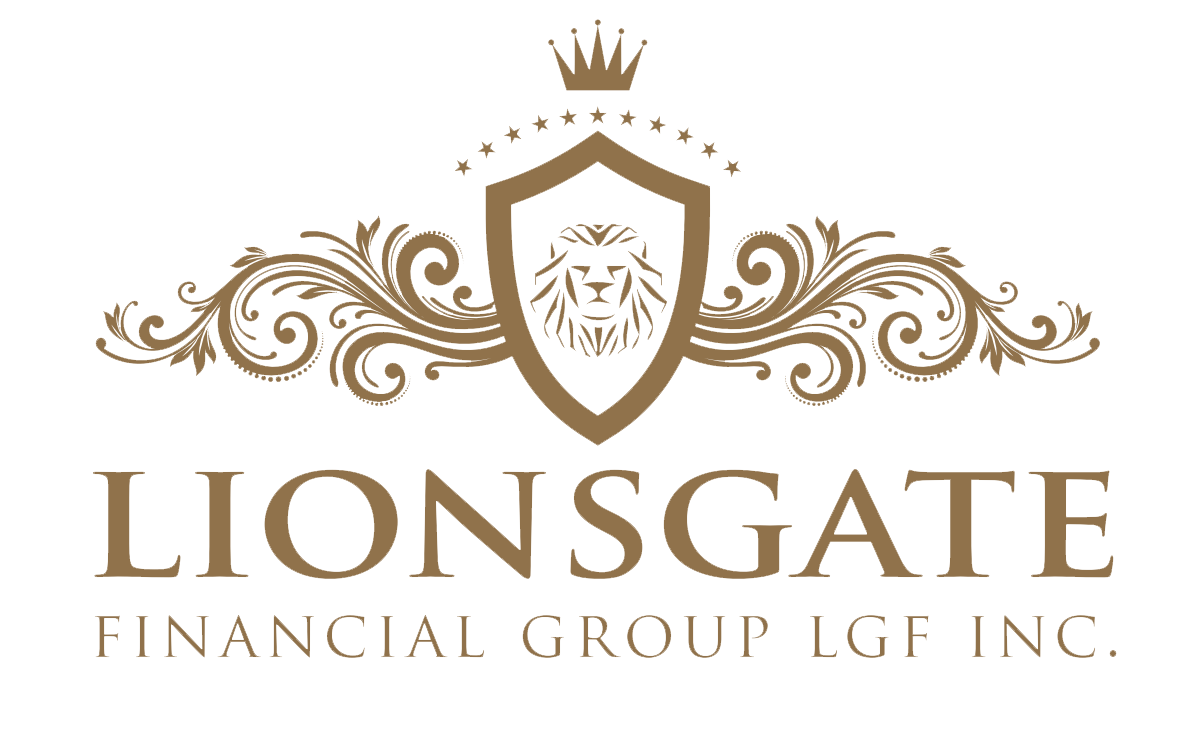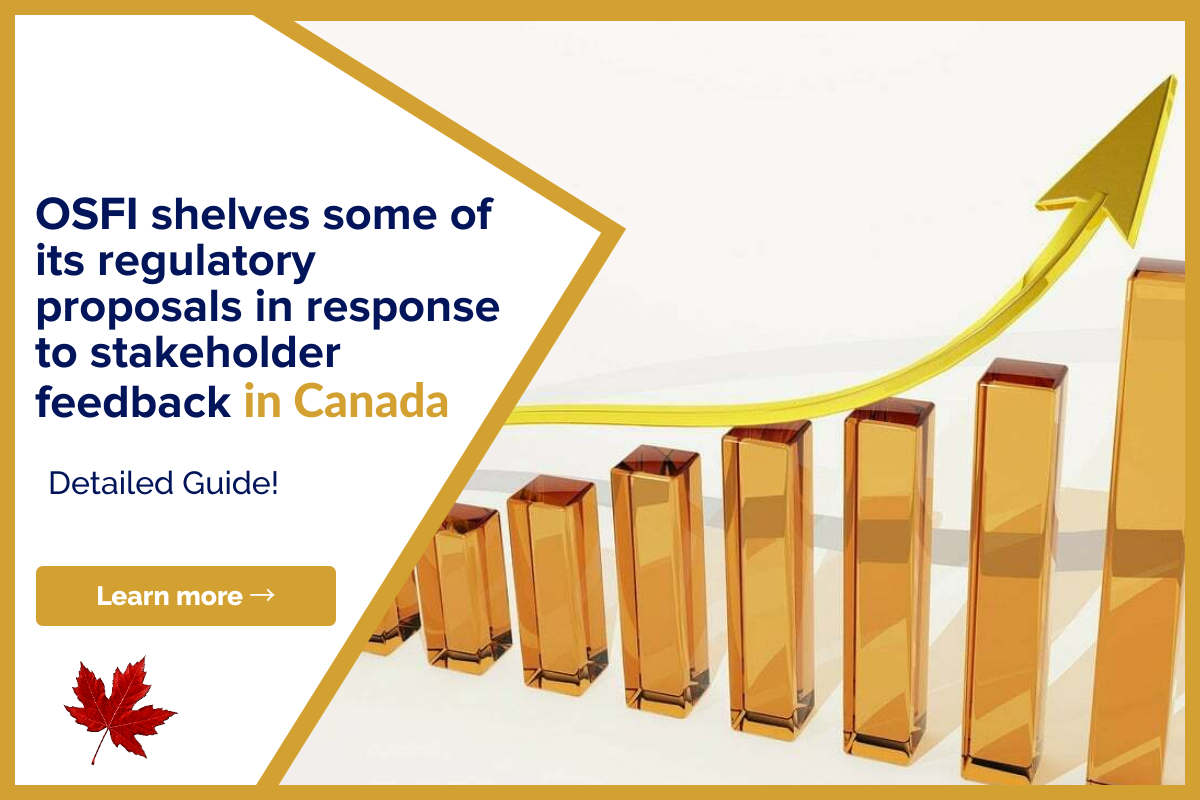During the early days of the mortgage business, brokers would require a lot of paperwork…

Extremely resilient variable-rate borrowers face latest test as prime rate rises to 7.20%
Variable rate mortgage borrowers in Canada have experienced a significant increase in their interest costs over the past year, with the prime rate reaching a 22-year high of 7.20%. As the Bank of Canada’s overnight target rate influences the prime rate, borrowers have been affected by 10 interest rate hikes since last March.
This article examines the impact of these rate increases on variable-rate mortgage holders, explores their coping mechanisms, and discusses potential challenges ahead.
Steep Rise in Interest Costs
The prime rate’s upward trajectory has caused variable-rate mortgage holders to face a considerable surge in monthly interest costs. With each quarter-point increase in the Bank of Canada’s rate, borrowers with variable-rate mortgages experience an approximate $13 increase in monthly interest expenses for every $100,000 of mortgage debt.
Currently comprising about one-third of the mortgage market, variable-rate mortgage holders have seen their monthly interest cost rise by approximately 70% since the rate hikes began.
Resilience of Variable-Rate Borrowers
Despite the substantial rise in borrowing costs, variable-rate mortgage borrowers have demonstrated resilience in managing their financial obligations. Many individuals have adopted various strategies to navigate the increases successfully.
Some borrowers have opted to lock into fixed rates early, while others have refinanced their mortgages to extend their amortization periods, reducing their overall monthly payments. Additionally, some borrowers have deleveraged by decreasing their mortgage and/or debt load, often by selling investments or other assets.
Trigger Rates and Extended Amortizations
The rate increases have resulted in higher monthly payments for borrowers with adjustable-rate mortgages. The Bank of Canada reports that these borrowers’ payments surged over 50% as of May, even before the last two rate hikes. For borrowers with fixed-payment variable-rate mortgages, such as those offered by banks like TD, BMO, and CIBC, the issue is different.
Their monthly payments remain constant, but the portion allocated to interest costs rises, while the amount going towards principal reduction decreases. Consequently, this extends the average amortization period, in some cases beyond 35 years, which has attracted regulatory attention.
Potential Challenges Ahead
The situation could worsen for current variable-rate mortgage holders if the prime rate continues to rise beyond its current level. While the Bank of Canada remains dependent on economic data for future rate decisions, some analysts believe another quarter-point hike in September is possible.
An additional rate hike would bring the overnight target rate to 5.25%, resulting in a prime rate of 7.45%, a level not seen since 2000.
Conclusion
Variable-rate mortgage borrowers in Canada have experienced significant challenges as prime rates reached a 22-year high of 7.20%. The steep increase in interest costs has tested the resilience of borrowers, who have employed various strategies to manage their monthly payments effectively.
However, with potential future rate hikes on the horizon, borrowers face uncertainty and must remain vigilant in their financial planning. As the situation evolves, careful monitoring and adaptation will be necessary to navigate the ever-changing economic landscape.
Need Some Extra Cash to Help Your Finances? Try Lionsgate!
Are you struggling with your financial needs and need some extra cash? Lionsgate can help. Just fill out the form below, letting us know all your money or mortgage requirements, and we will find the best lender for you. Amazing thing? The process is free, and you can quit it at any time.
We have a team of experts that analyze your requirements and pick the best lender for you with prudent advice.
Note: Please give your authentic information while completing the form below.
Please share this article on your social media profiles if you found it helpful. Also, visit our blog to read similar helpful articles on finance, real estate, and getting mortgages.




